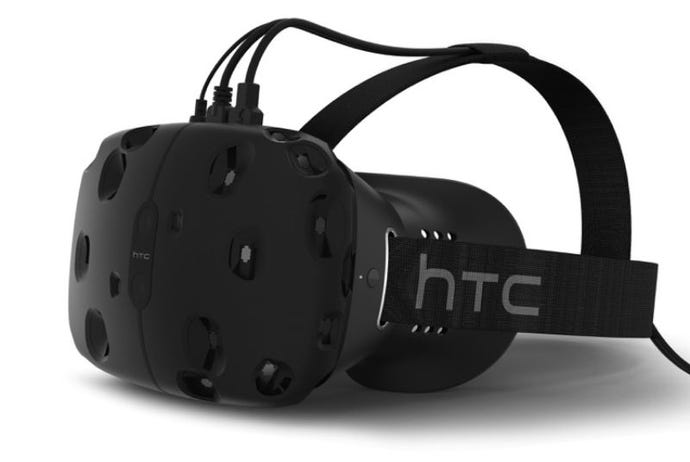SteamVR: Valve's Lighthouse tech allows you to walk around while playing
SteamVR's key differentiator is a piece of tech allowing headsets to connect with other devices for extra accurate, room-scale tracking.
Valve has announced a new bit of technology called Lighthouse, which it is making freely available to any hardware manufacturer.
Like the extra tracking LEDs on Sony's updated Project Morpheus, Lighthouse improves the headset's accuracy, but Valve calls Lighthouse "room scale", suggesting it be embedded in TVs, monitors, headsets, input devices and mobile devices.
That means you could scatter a couple of Lighthouse devices around a room and then games would be able to track you moving around in that space, rather than just standing in place.
This jives with what HTC was saying the other day about "SteamVR base stations" for the Vive headset. Valve hasn't announced in-house devices as yet, though.
“Now that we have Lighthouse, we have an important piece of the puzzle for tackling VR input devices,” Valve’s Joe Ludwig said.
“The work on the Steam Controller gave us the base to build upon, so now we have touch and motion as integrated parts of the PC gaming experience.”
“We’ve been working in VR for years and it was only until we used SteamVR’s controllers and experienced the magic of absolute tracking that we were able to make the VR game we always wanted to make,” Owlchemylabs' Alex Schwartz added. Owlchemy is behind Job Simulator, the first game announced for Vive.
Valve said it has Vive demos for games by Cloudhead Games, Dovetail Games, Fireproof Studios, Google, Owlchemylabs, Skillman & Hackett, Steel Wool Games, Vertigo Games and Wevr on show at GDC 2015.


